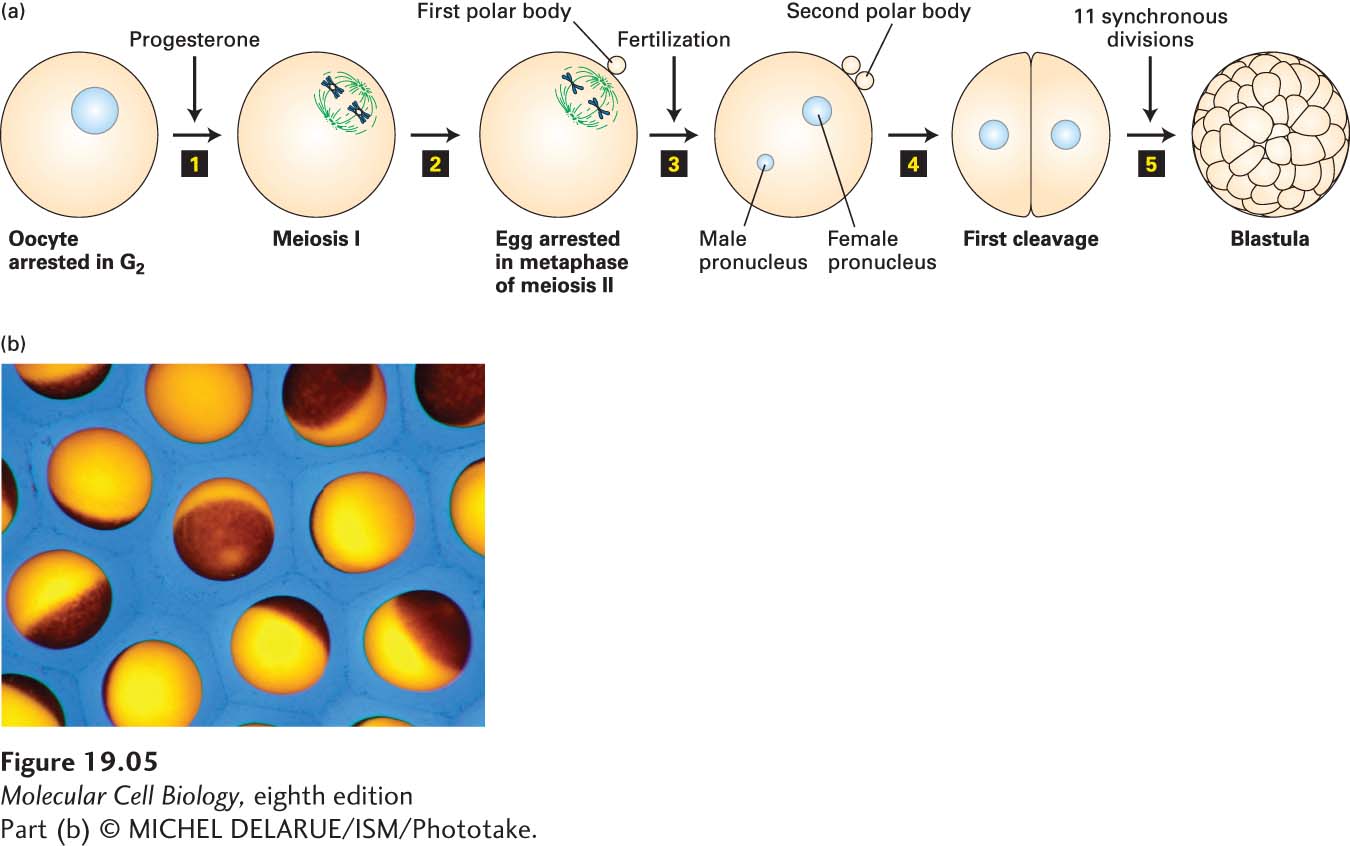
FIGURE 19-
[Part (b) © MICHEL DELARUE/ISM/Phototake.]